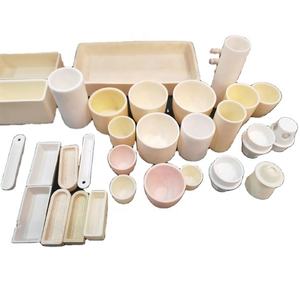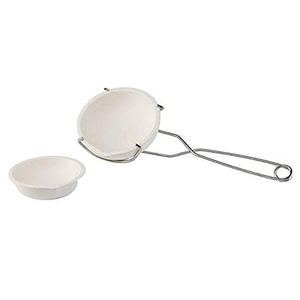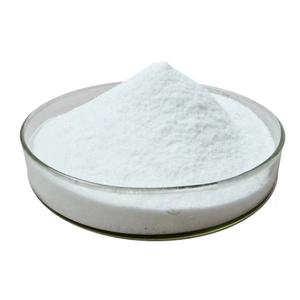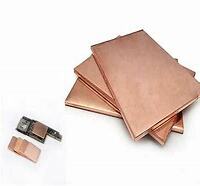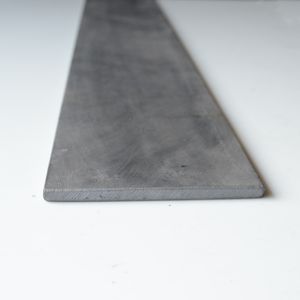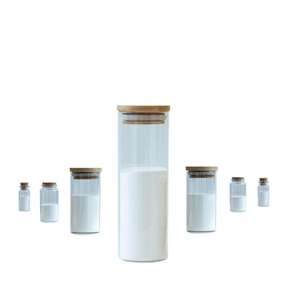Intro to Ceramic Products: Connecting Tradition with Modern Product Scientific Research
Ceramic products have evolved much beyond their historic roots in pottery and art, becoming crucial components in aerospace, electronic devices, medicine, and energy systems. Specified by their inorganic, non-metallic make-up and high-temperature handling, contemporary ceramics provide unmatched performance in severe settings. Whether as insulators in integrated circuits, implants in human joints, or architectural products in jet engines, ceramic items today stand for a blend of ancient workmanship and advanced nanotechnology.
(Ceramic Products)
Category and Practical Residences of Ceramics
Ceramic items can be generally identified right into standard (e.g., blocks, floor tiles, porcelain) and sophisticated (e.g., silicon nitride, zirconia, alumina) types based upon composition and application. Typical porcelains are valued for their affordable, resilience, and aesthetic allure, while advanced ceramics excel in mechanical stamina, thermal resistance, and electric habits. Their special combination of firmness, deterioration resistance, and bio-inertness makes them crucial where metals and polymers fall short, particularly under high anxiety, temperature level, or chemical direct exposure.
Manufacturing Processes and Technological Advancements
The manufacturing of ceramic items involves powder synthesis, shaping, sintering, and completing– each action crucial to accomplishing preferred homes. Developments such as spark plasma sintering, additive production, and colloidal processing have actually significantly improved dimensional precision, microstructural control, and practical combination. These innovations permit complex geometries and multi-functional layouts that were previously impossible with standard methods like slip casting or dry pushing. Such development has actually increased the scope of ceramic applications throughout industries.
Function in Electronic Devices and Semiconductor Industries
In the electronic devices market, ceramic products act as substratums, capacitors, sensors, and shielding components as a result of their exceptional dielectric residential or commercial properties and thermal stability. Multilayer ceramic capacitors (MLCCs), for example, are found in nearly every electronic device, from smart devices to electrical lorries. Alumina and light weight aluminum nitride substratums are commonly made use of in power modules and LED heat sinks, guaranteeing reliable thermal administration and long-lasting reliability in high-performance systems.
Medical Applications: Bioceramics and Implantable Instruments
Bioceramics represent among the fastest-growing segments in the ceramic item market. Products like hydroxyapatite, alumina, and zirconia are utilized in dental implants, bone replacements, and joint prostheses as a result of their biocompatibility and wear resistance. Unlike metal implants, ceramic-based tools reduce ion leaching and lessen allergies, making them ideal for long-term implantation. Current advancements in permeable scaffolds and bioactive glass-ceramics even more boost tissue assimilation and regenerative abilities in clinical treatments.
Aerospace and Protection: Ceramics in Extreme Conditions
Ceramic items play an important function in aerospace and defense systems where materials need to withstand extreme temperature levels, pressure, and influence. Elements such as generator blades, projectile nose cones, and thermal protection floor tiles count on porcelains like silicon carbide and zirconium dioxide to keep architectural stability under hypersonic rates and re-entry problems. Their lightweight nature incorporated with high compressive strength also makes them appealing for shield plating and ballistic securing in army applications.
Environmental and Power Technologies Making Use Of Ceramics
( Ceramic Products)
From fuel cells to hazardous waste encapsulation, ceramic items are main to lasting power and environmental removal modern technologies. Solid oxide gas cells (SOFCs), as an example, depend on yttria-stabilized zirconia electrolytes to enable effective energy conversion at heats. In nuclear design, porcelains like SYNROC (artificial rock) are developed to incapacitate radioactive isotopes in stable crystalline matrices. Furthermore, catalytic ceramic membrane layers are being deployed in water purification and industrial discharge control, contributing to global sustainability efforts.
Market Fads and International Need Drivers
The global ceramic products market is seeing durable development, sustained by demand from electronic devices, medical care, auto, and renewable resource fields. Asia-Pacific continues to be the biggest producer and consumer, driven by China’s production prominence and Japan’s management in sophisticated ceramics. North America and Europe comply with very closely, supported by R&D investments in clever ceramics and environment-friendly innovation efforts. As automation and digital style tools become a lot more integrated right into ceramic manufacturing, manufacturing performance and modification capabilities remain to climb.
Obstacles and Future Instructions in Ceramic Product Advancement
Regardless of their advantages, ceramic products face obstacles including brittleness, minimal ductility, and high handling expenses. Ongoing research study focuses on enhancing sturdiness with nanostructuring, composite support, and self-healing systems. Reusing and end-of-life healing also remain locations for improvement, specifically in high-value yet difficult-to-reprocess parts. Looking forward, the convergence of AI-guided material design, 3D printing, and smart noticing will redefine just how ceramic items are crafted, generated, and used throughout future sectors.
Distributor
Advanced Ceramics founded on October 17, 2012, is a high-tech enterprise committed to the research and development, production, processing, sales and technical services of ceramic relative materials and products. Our products includes but not limited to Boron Carbide Ceramic Products, Boron Nitride Ceramic Products, Silicon Carbide Ceramic Products, Silicon Nitride Ceramic Products, Zirconium Dioxide Ceramic Products, etc. If you are interested, please feel free to contact us.(nanotrun@yahoo.com)
Tags:
All articles and pictures are from the Internet. If there are any copyright issues, please contact us in time to delete.
Inquiry us

